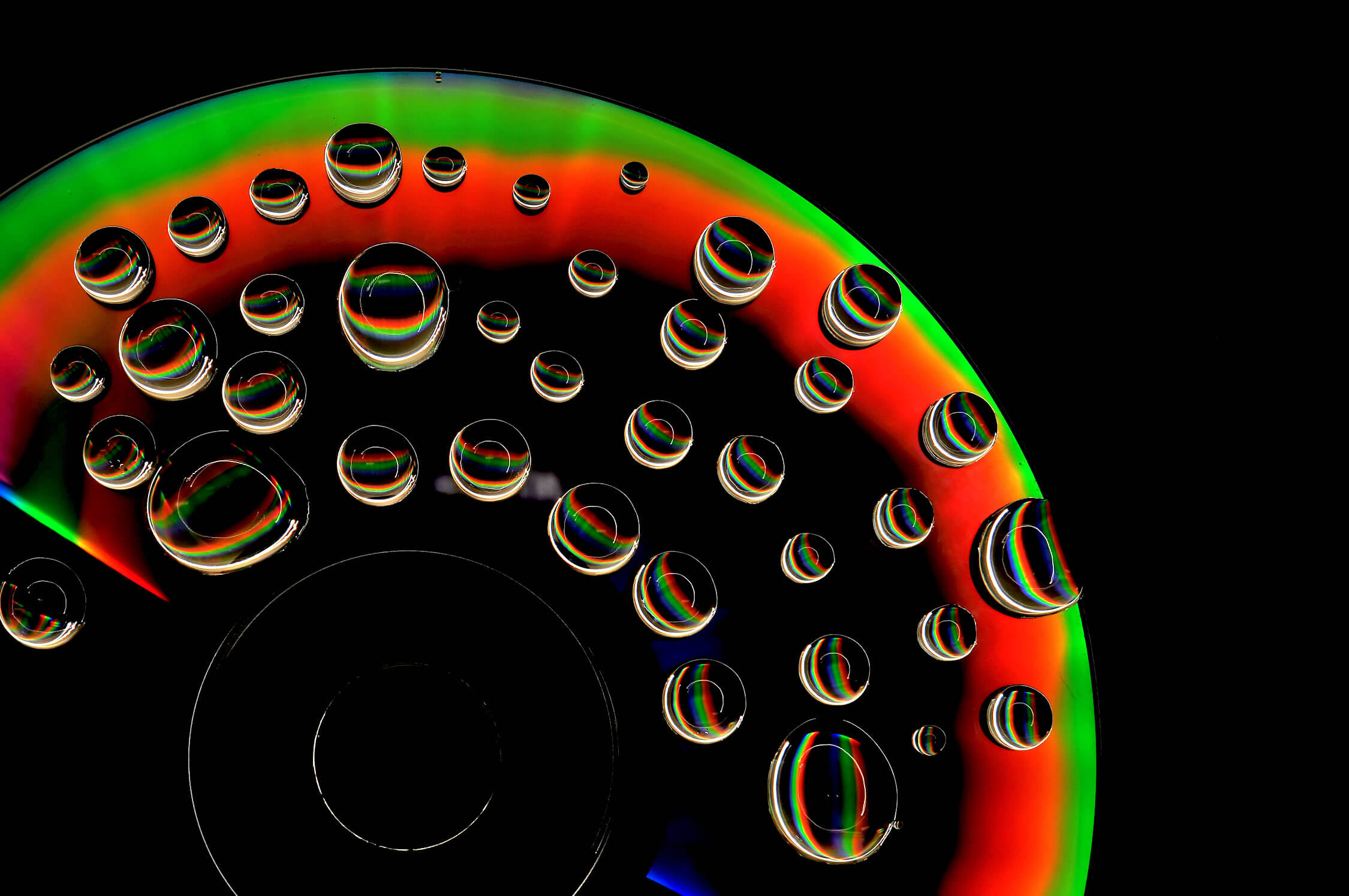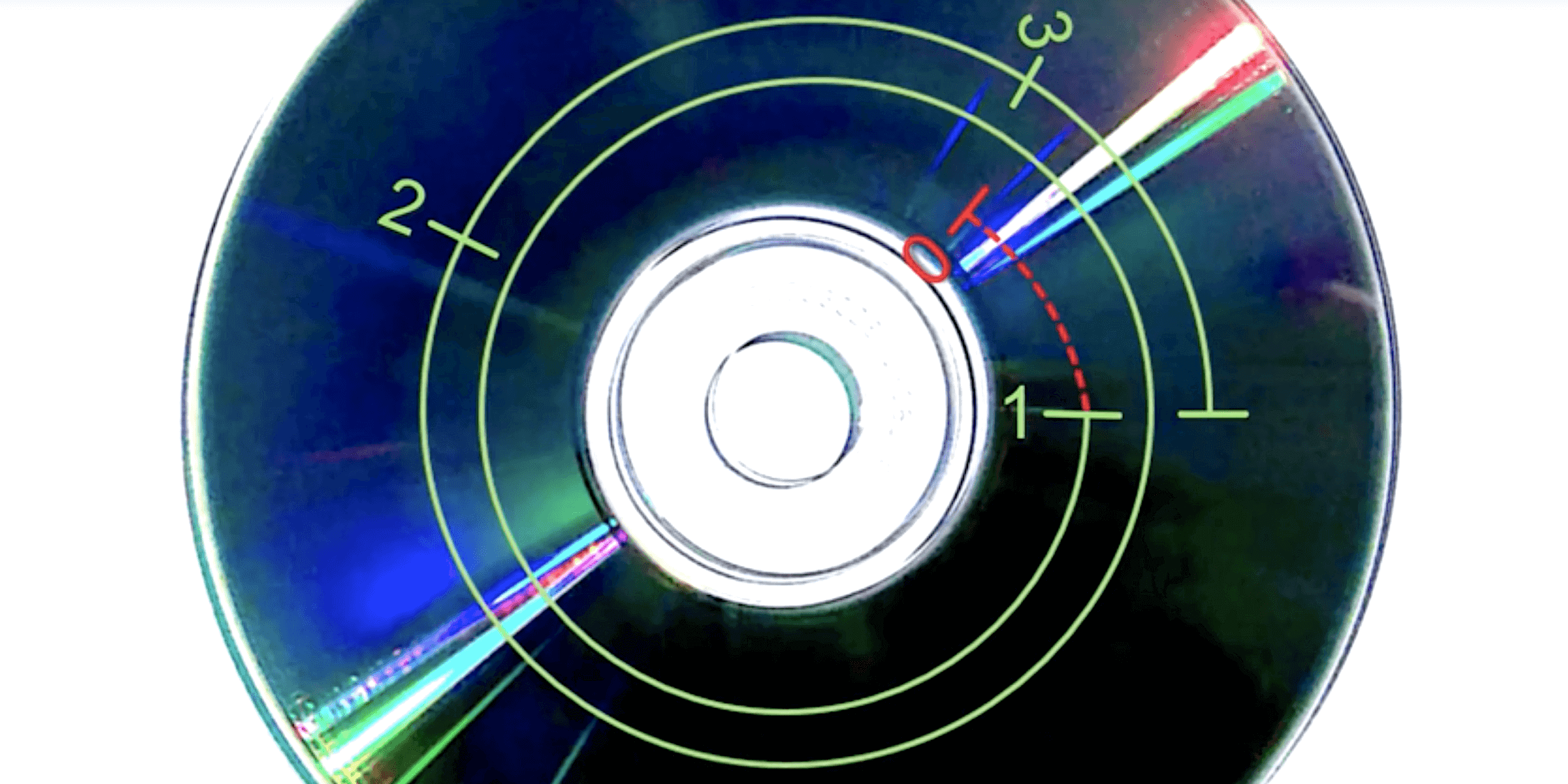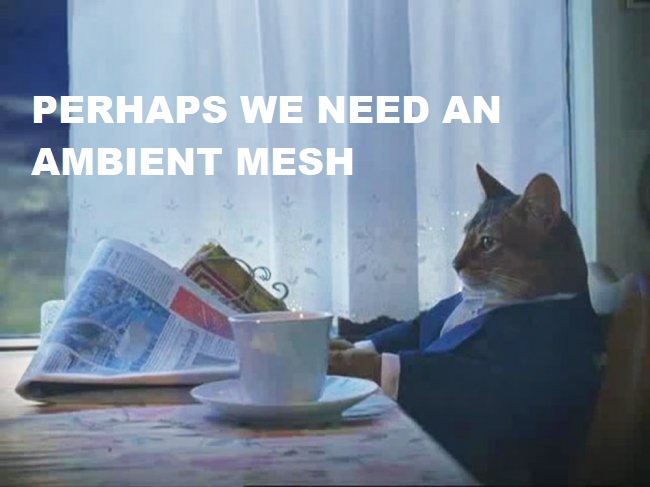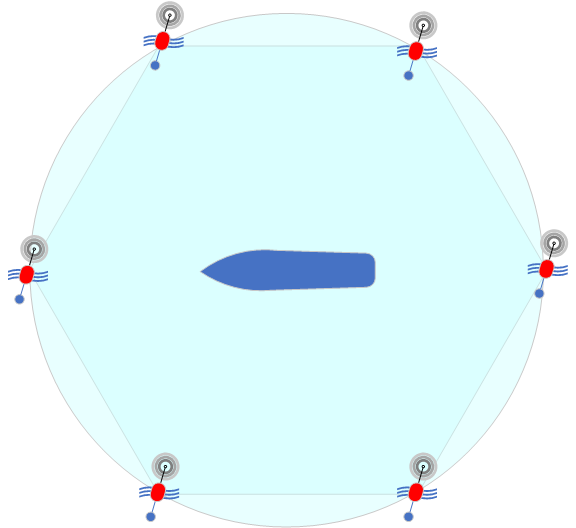Gifts for the attentive listener: which audiohooks were hidden in the "pre-gap" on the Audio CD
We liked your response in the comments and we decided to expand the topic. Let's look at both vinyl and other formats – and talk about the new Easter eggs hidden on a wide variety of albums.

Cristina Gottardi Photos
Due to the fact that the records are a “mechanical” format, they do not allow you to fully hide the tracks. A careful look will easily find an additional track, and a curious listener will immediately try to reproduce its contents. If we talk about CDs, with their help you can conduct a more subtle "game" with fans. One such technique was called "pre-gap".
It works according to the standard "burning" of digital sound on CDs, called the "Red Book". By the way, it became the “Red Book” after entering the general set of specifications for CD under the even more interesting name “Rainbow Books” (and it seems to us that this topic is worthy of a separate habrapost, as you think?) Moreover, the Red Book is often confused with a CD-ROM, but just in case, it’s worthwhile to clarify that this is still a CDDA (Compact Disc Digital Audio).

Photo Evan / CC BY-ND
So, the “Red Book” requires that at least 150 empty blocks precede each track on the disc – this pause, according to the specification lasting about two seconds, is listed in the “table of contents” (TOC, Table Of Contents) as zero (“index 00”) the index of this track ("index 01"). When mastering and preparing the album for "burning out" in these blocks it is possible to record "musical easter eggs".
An example of a CUE sheet where you can see a hidden track:
PERFORMER "Bloc Party"
TITLE "Silent Alarm"
FILE "Bloc Party - Silent Alarm.flac" WAVE
TRACK 01 AUDIO
TITLE "Like Eating Glass"
PERFORMER "Bloc Party"
> INDEX 00 00:00:00
INDEX 01 03:22:70
TRACK 02 AUDIO
TITLE "Helicopter"
PERFORMER "Bloc Party"
INDEX 00 07:42:69
INDEX 01 07:44:69On the other hand, listening to a hidden track will not be easy – a standard player simply won’t see anything unusual or refuses to play a sound with an error, but when playing a regular track and rewinding (namely “seeking”) to its beginning, a hidden record can be heard. In a simplified diagram (image below), it is presented as a cutoff of "0".

Image of Gerard Fuguet / CC BY
This technique was used for different purposes. For example, as an additional "intro" to his work. Just some editions of the 1999 Rammstein live album include such a pre-gap with a jubilant audience at one of the band's concerts. Of course, there are other examples.
So, on the legendary emo album “The Devil and the God are Raging Inside Me”, known for its gloomy mood, Brand New was placed in a pre-gap composition from superimposed telephone conversations. And the British album “Psyence Fiction” by Unkle is preceded by a hidden mix of compositions that inspired them to record the album (in the video below).




